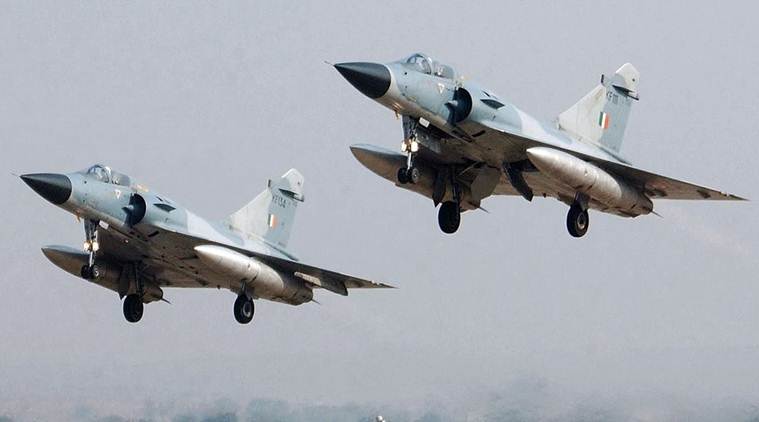IAF operation has established air strikes as an effective tool of deterrence in sub-conventional warfare
The internal situation in Pakistan and its precarious economic condition may preclude the possibility of any escalated conventional response.

In a calibrated, decisive and yet restrained show of force, the Indian Air Force (IAF) converted Prime Minister Narendra Modi’s promise of punitive action into reality as it pounded jihadi training camps in Pakistan-Occupied Kashmir (PoK) in a series of coordinated air strikes in the wee hours of Tuesday. Seen in isolation from a contemporary conflict scenario, air strikes in counter-terrorist operations are the preferred first option across the Western world for a few reasons.
First, they are safer than committing boots on the ground. Second, the seductive technological capability of precision allows for pinpoint targeting and the possibility of carrying out effective decapitation missions against terrorist cadres. And lastly, air strikes are no longer seen as escalatory mechanisms in a sub-conventional conflict.
India’s hesitation in the past to use airpower as an effective tool of deterrence in sub-conventional operations had its reasons and some of them may well have been justified. However, this writer has for long argued that while many of these reasons — responsibility, restraint and escalation — may hold true while conducting sub-conventional operations in the hinterland, different paradigms have existed in Jammu and Kashmir ever since Pakistan raised the tempo of its covert war by employing proxies like the Lashkar-e-Taiba (LeT) and Jaish-e-Mohammad (JeM).
Through the Nineties, the IAF argued that it had the capability to hit terrorist camps in PoK and that this ought to be a critical element of a clear punitive policy, which many Northern Army Commanders have suggested. Successive governments, however, failed to bite the bullet and continued with reactive response strategies that eschewed the use of air power because of a lack of understanding of what air power could and could not do.
During the Kargil conflict, the IAF wanted to hit the logistics lines opposite the Kargil area that would choke supplies but was held back with restrictions to not cross the LoC. Similarly, in 2002, the IAF conducted some strikes, albeit without crossing the LoC, during the closing stages of Operation Parakram when Pakistan made some effective incursions in the Neelam-Gurez sector.
It is believed that the IAF had options ready after the 2008 attack, but the overarching need to be seen by the world as a “responsible and restrained” state saw India baulk at the use of force.






































No hay comentarios:
Publicar un comentario